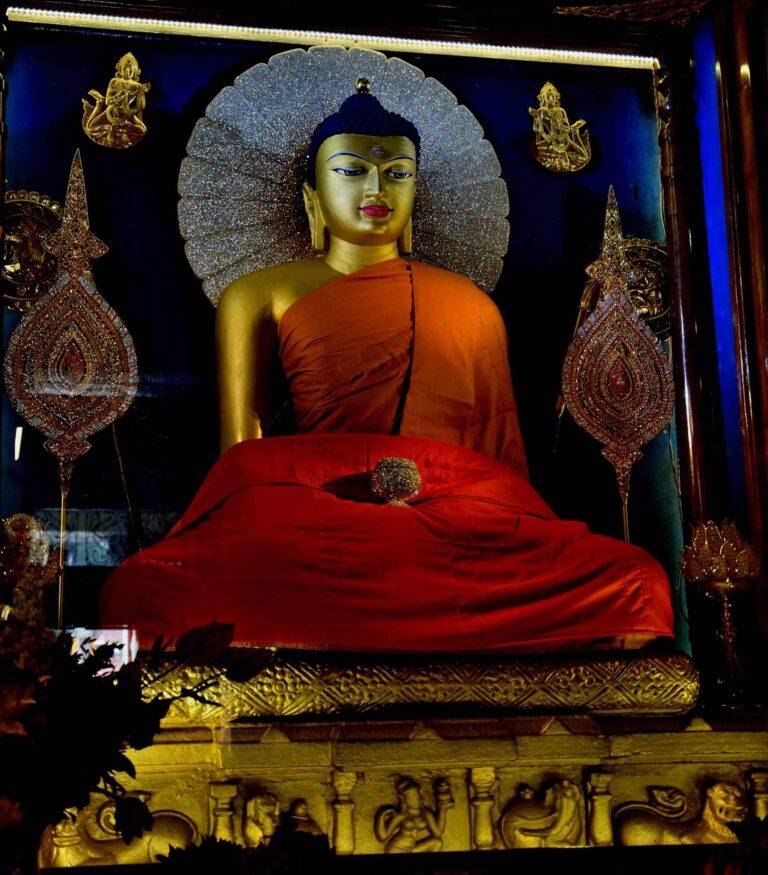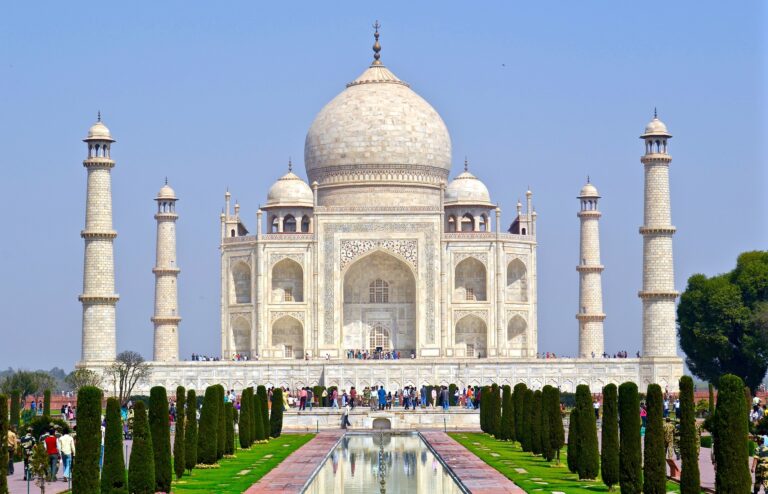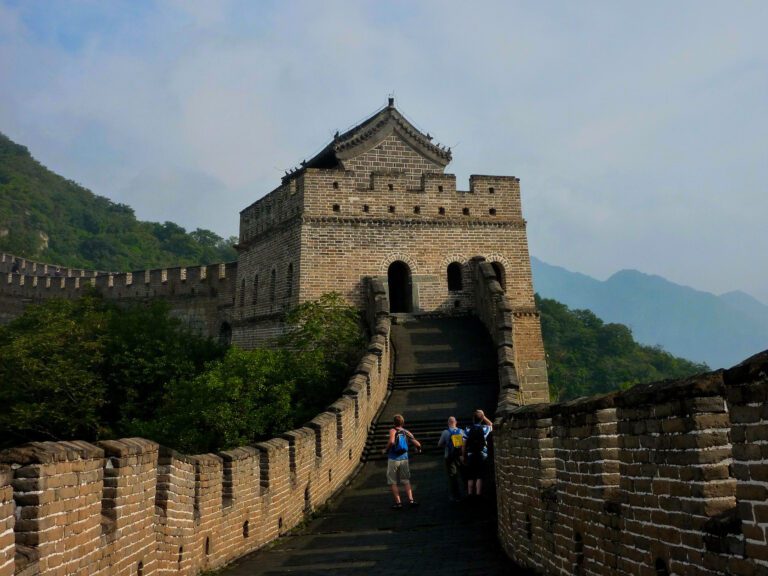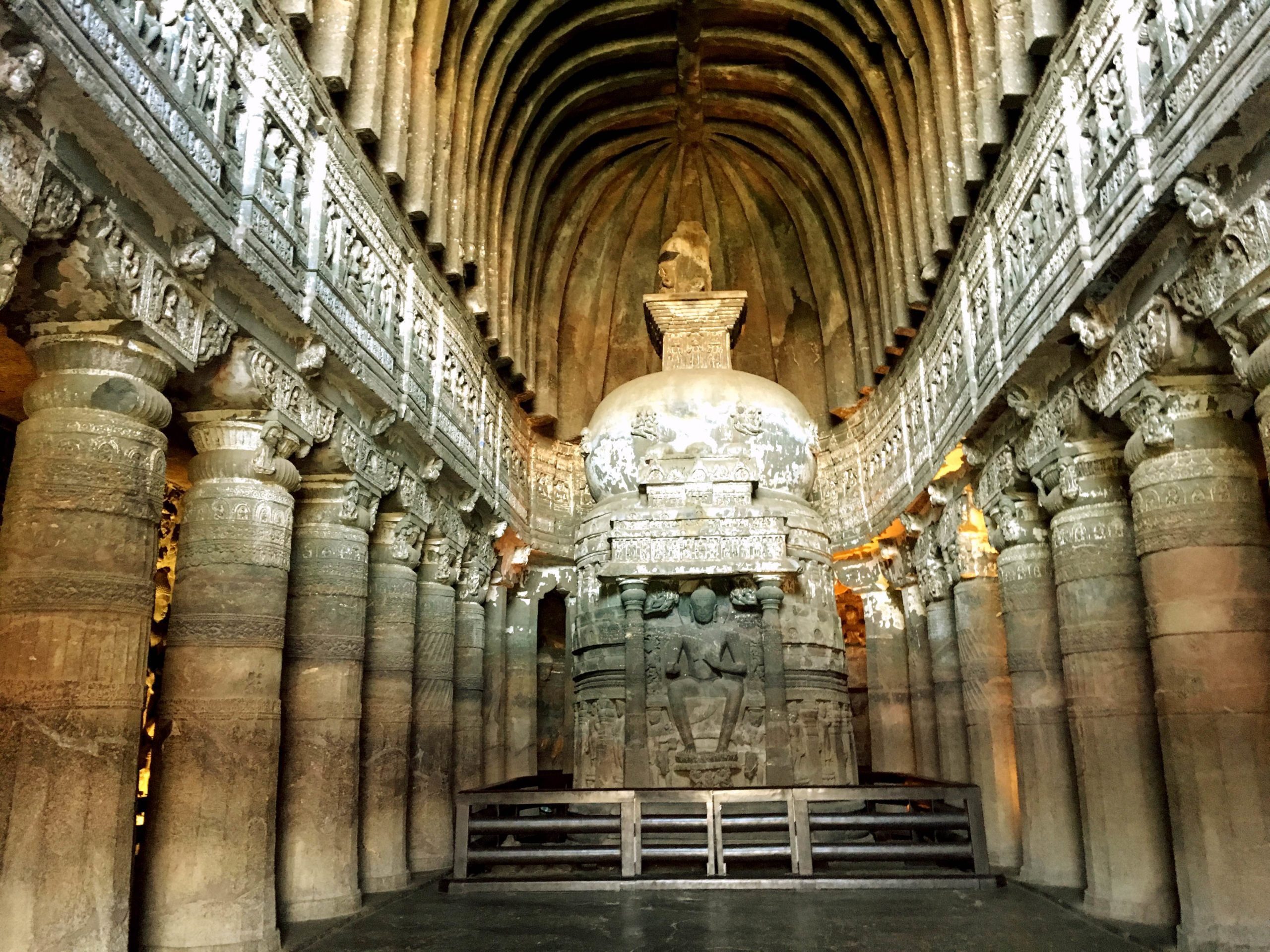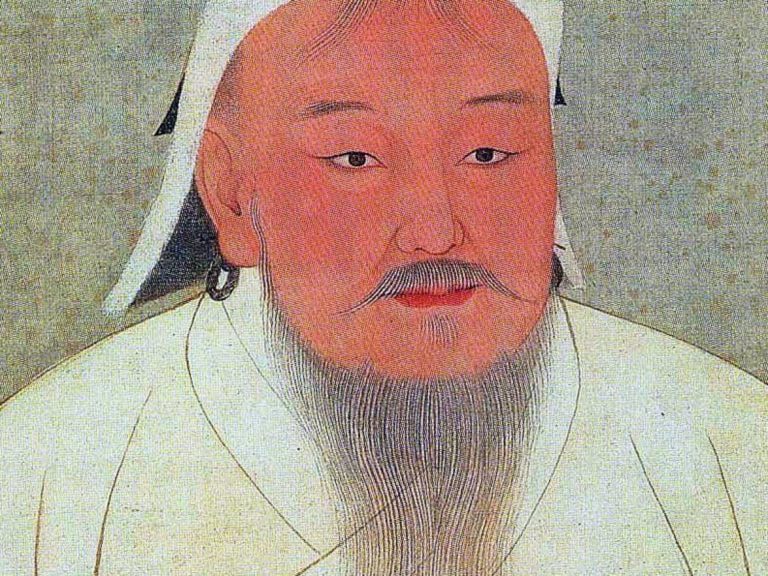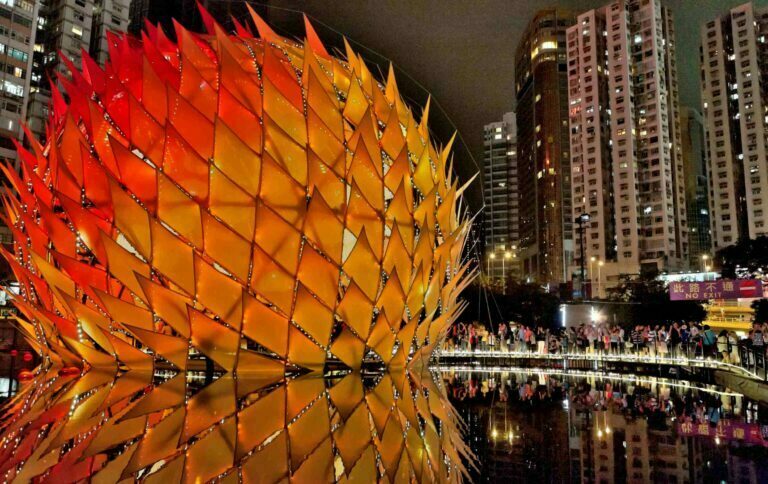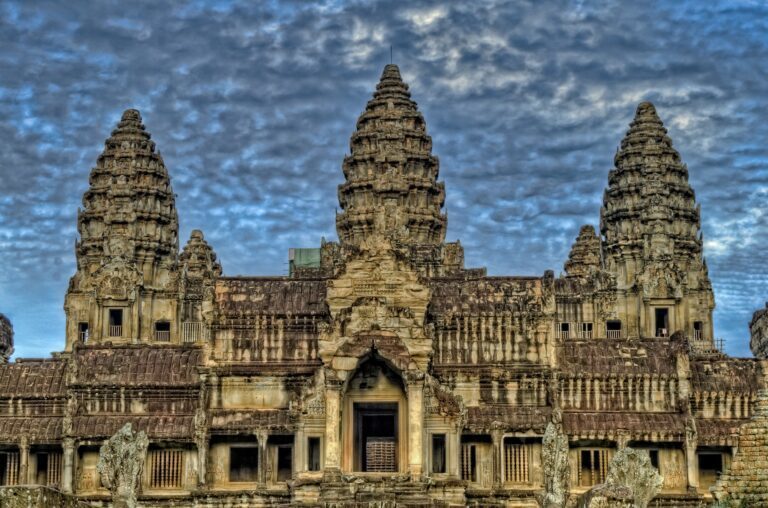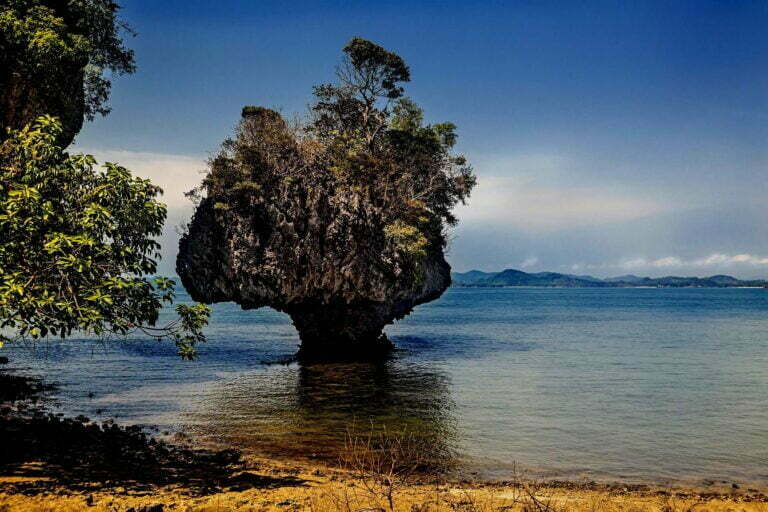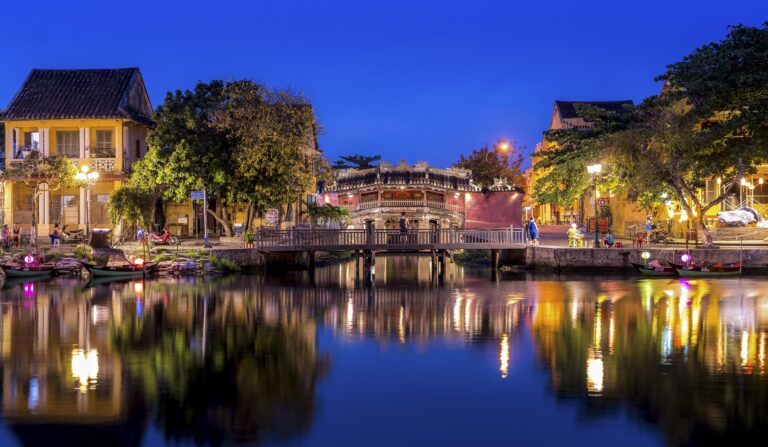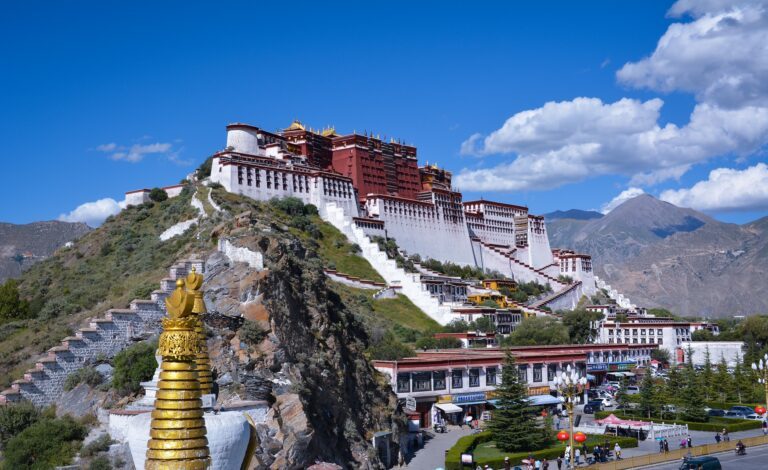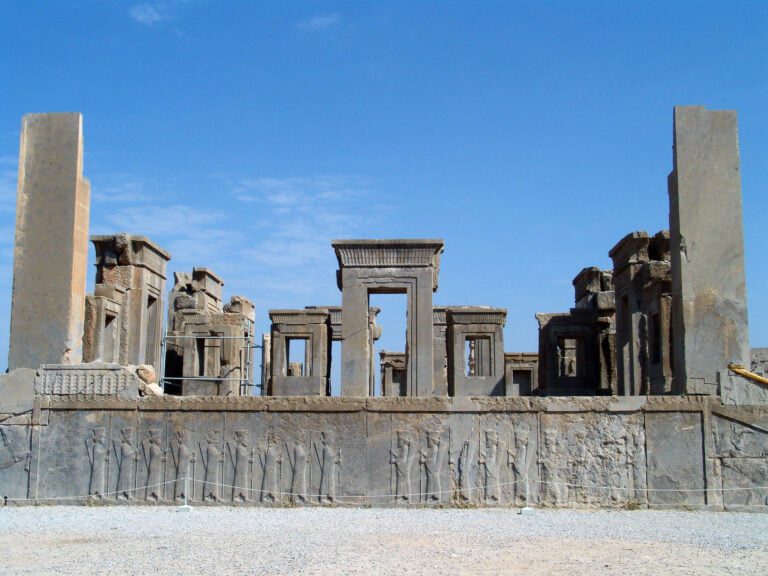Kaziranga National Park
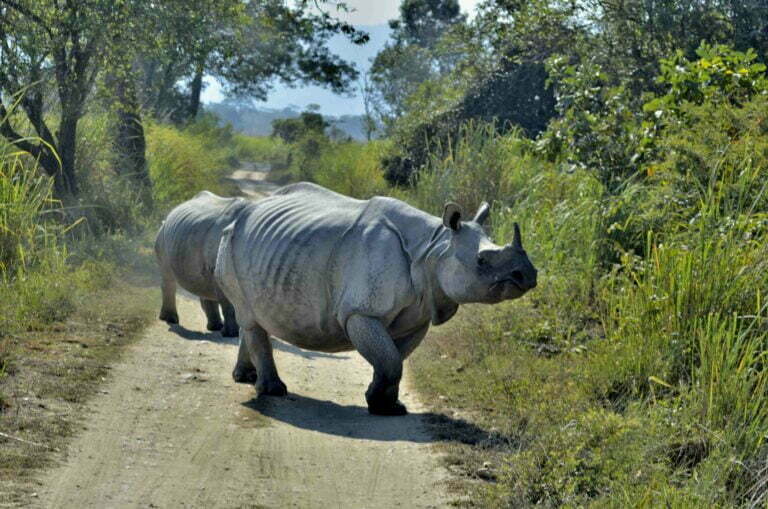
Nestled in the northeastern state of Assam, India, Kaziranga National Park stands as a beacon of conservation success and a testament to the rich biodiversity that graces the Indian subcontinent. Beyond the iconic one-horned rhinoceros, Kaziranga National Park boasts a diverse range of wildlife, making it a haven for nature enthusiasts and wildlife photographers. The park is inhabited by Bengal tigers, Asian elephants, wild water buffalo, swamp deer, and various species of deer. Its location in the floodplains of the Brahmaputra River contributes to its rich biodiversity, providing a unique ecosystem that supports an abundance of flora and fauna. The best time to visit Kaziranga National Park is during the dry season, typically from November to April. The dry season also presents an ideal opportunity for bird-watching enthusiasts, as Kaziranga is home to an impressive array of avian species, including migratory birds that visit during the winter months.
